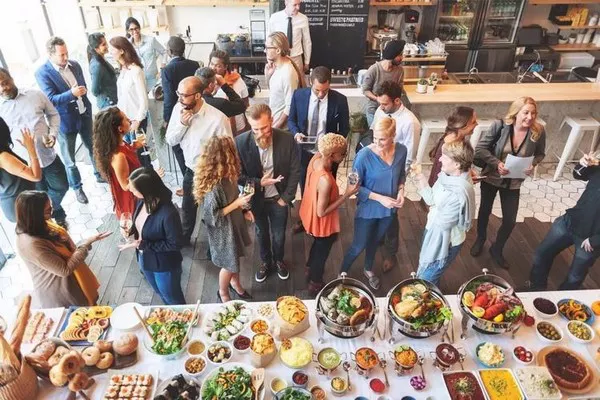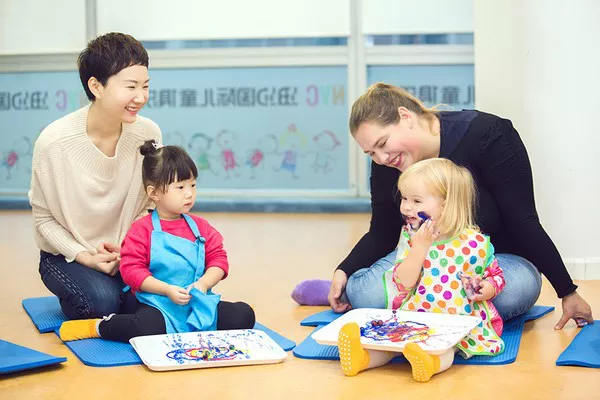Entering into a friends-with-benefits (FWB) arrangement is a complex and often ambiguous territory in the realm of relationships. It is a dynamic where two individuals engage in a casual and physical connection without the commitment of a romantic partnership. However, amidst the blurred lines, the question often arises: can a relationship that begins as friends with benefits evolve into something deeper, transcending the confines of casual intimacy? This article explores the intricacies of FWB dynamics and investigates the potential for these relationships to transition into the realm of love.
Understanding the Foundation: Friends
At the core of any friends-with-benefits arrangement is the foundational element of friendship. The “friends” aspect implies a pre-existing connection, a level of comfort, and shared interests between individuals. This foundation can be both a strength and a challenge when contemplating the evolution of an FWB relationship into something more profound. The familiarity and camaraderie established as friends can provide a solid groundwork for a potential transition to a deeper emotional connection.
Exploring the Intimacy: Benefits
The “benefits” component of a friends-with-benefits relationship introduces a physical and intimate dimension. While this may add excitement and pleasure to the dynamic, it also raises questions about the potential for emotional entanglement. Exploring the benefits in an FWB relationship requires clear communication and mutual consent. As physical intimacy unfolds, it’s essential for both individuals to be attuned to their emotions and the evolving nature of their connection.
Navigating Boundaries: Balancing Act
Establishing and maintaining boundaries is a critical aspect of friends with benefits. These boundaries define the parameters of the relationship, distinguishing it from a traditional romantic partnership. While boundaries provide clarity and prevent misunderstandings, they also require a delicate balancing act. Striking the right balance between maintaining the friendship, enjoying the benefits, and acknowledging emotional nuances is essential for the overall health and longevity of the FWB dynamic.
See Also: What is fwb relationship?
The Role of Communication: Open Dialogue
Effective communication is the linchpin of any successful relationship, and this holds true for friends with benefits. Open and honest dialogue is paramount in navigating the complexities of the arrangement. Regular check-ins about feelings, expectations, and the evolving nature of the connection help both individuals stay on the same page. A foundation of trust built on transparent communication is vital for exploring the potential for love within an FWB relationship.
Signs of Emotional Connection: Beyond the Benefits
As an FWB relationship progresses, signs of emotional connection may emerge beyond the realm of physical intimacy. Shared laughter, deep conversations, and a growing sense of emotional support are indicators that the connection is evolving. Paying attention to these subtle signs can offer insights into the possibility of deeper feelings developing within the friendship. Acknowledging and discussing these emotions becomes crucial in determining the trajectory of the relationship.
Challenges in the Transition: Fear of Change
Transitioning from friends with benefits to a romantic relationship is not without its challenges. Both individuals may harbor fears of change, worrying that shifting the dynamic could jeopardize the existing friendship. Fear of rejection, fear of losing the benefits, and fear of disrupting the status quo are common concerns. Navigating these fears requires open communication, trust, and a shared willingness to explore the potential for love.
Embracing Vulnerability: Key to Transformation
The evolution of an FWB relationship into love necessitates a willingness to embrace vulnerability. Opening up about deeper emotions, expressing romantic interest, and being receptive to your partner’s feelings all require a level of vulnerability that goes beyond the initial casual nature of the connection. Embracing vulnerability is a courageous step that can lead to a profound transformation in the dynamics between friends with benefits.
Time as a Catalyst: Maturation of Feelings
Time plays a pivotal role in the maturation of feelings within a friends-with-benefits dynamic. As the relationship unfolds, individuals may find that their emotions deepen and evolve. Spending quality time together, sharing experiences, and witnessing each other’s personal growth contribute to the maturation of feelings. Patience becomes a virtue as both individuals navigate the passage of time and its impact on their connection.
External Influences: Societal Perspectives
Societal perspectives on friends with benefits and romantic relationships can influence the decision to transition from one to the other. External influences, such as cultural norms, societal expectations, and peer opinions, may play a role in how individuals perceive the possibility of love within an FWB arrangement. Recognizing and addressing these external influences is essential for making authentic decisions about the future of the relationship.
Mutual Intentions: Aligning Expectations
The successful transition from friends with benefits to love requires a crucial alignment of mutual intentions. Both individuals must be on the same page regarding their feelings, desires, and long-term goals. An open and honest conversation about the potential for a romantic relationship allows both parties to express their intentions and expectations. Aligning these mutual intentions is a pivotal step toward building a more profound connection.
Building Emotional Intimacy: Beyond the Physical
While physical intimacy is a significant aspect of friends with benefits, building emotional intimacy becomes crucial when considering a transition to love. Emotional intimacy involves sharing vulnerabilities, fears, dreams, and life aspirations. Engaging in deep, meaningful conversations and creating an emotional connection beyond the physical realm lays the groundwork for a more profound and lasting romantic relationship.
Assessing Relationship Readiness: Individual Growth
Individual growth and readiness for a committed relationship are key considerations in the transition from friends with benefits to love. Both individuals need to assess their own emotional maturity, communication skills, and capacity for a deeper connection. Taking the time for self-reflection and ensuring that both parties are emotionally prepared for the shift is essential for the success of the transition.
Handling Rejection Gracefully: A Possible Outcome
It’s important to acknowledge that not all friends-with-benefits dynamics will naturally transition into love. Handling the possibility of rejection gracefully is a crucial aspect of the process. Both individuals should be prepared for the potential outcome that their feelings may not be reciprocated in the same way. Maintaining respect, understanding, and gratitude for the existing friendship is essential, even if romantic feelings are not mutually shared.
Commitment to Communication: Ongoing Dialogue
The transition from friends with benefits to love is not a one-time event but an ongoing process that requires commitment to communication. Both individuals should continue to engage in open dialogue, discussing their evolving feelings, expectations, and any challenges that may arise. Ongoing communication fosters a deeper understanding of each other and ensures that the relationship continues to grow and adapt.
Celebrating the Transition: Embracing Love
If the transition from friends with benefits to love proves successful, it’s a moment worthy of celebration. Embracing love within the framework of an existing friendship is a unique and beautiful journey. Celebrate the growth of the relationship, the shared history, and the newfound depth of emotional connection. Acknowledge the courage it took for both individuals to navigate the transition and embrace the joy of discovering love within the context of a pre-existing friendship.
Conclusion
Navigating the transition from friends with benefits to love is a nuanced and individualized journey. It involves a delicate interplay of emotions, communication, and mutual understanding. While not every friends-with-benefits dynamic will naturally evolve into a romantic relationship, the potential for love exists within the framework of a strong and established friendship. By understanding the dynamics, communicating openly, and embracing vulnerability, individuals can explore the possibility of love and embark on a transformative journey that transcends the boundaries of casual intimacy.
Related topics:


























